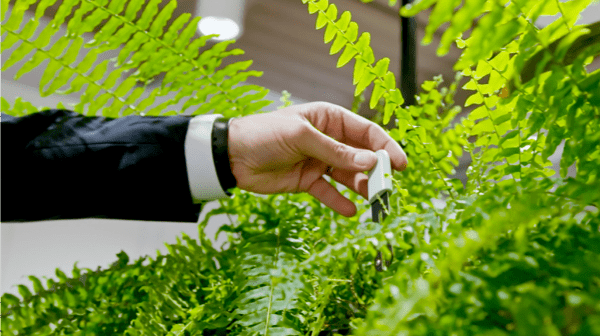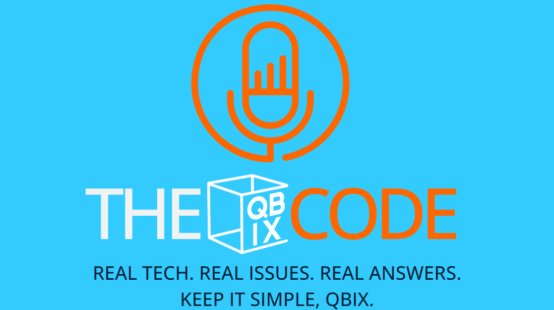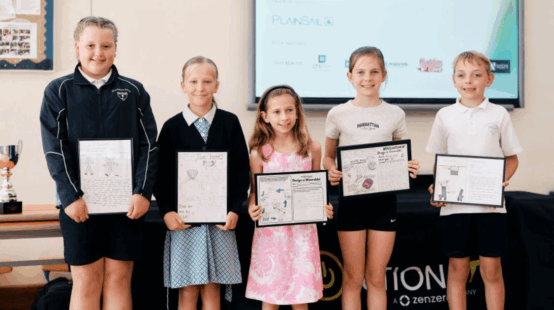
When it comes to delivering truly valuable end to end IoT solutions, this is however the wrong approach… to start by looking at shiny gadgets which are marketed in such a way as to indeed draw attention.
The fundamental shortcoming of this approach is that you will always end up making compromises trying to make a piece of hardware shoehorn into satisfying your unique use case.
The best point of departure when delivering an IoT solution is to start with a problem and then solve it with an independent partner who is flexible enough to provide the hardware and software required to match both the functional and non-functional requirements of your use case.
I was reminded about this when trying to propose an indoor air quality project to be used at Digital Jersey. The thought process was that if Co2 is high in a common area, one can assume that ventilation is poor and therefore risk of Covid spreading is high.
The problem
Whilst visiting Rachel at the hub (which had been vacated for some time due to lockdown) she commented on how seeing the state of the lovely plants around the office looking in such a state always made her feel slightly down… they had been somewhat lacking in the loving attention that Sarah always provides whilst in the office.
It then dawned on me that this was a problem that IoT could solve, although granted not a huge lifesaving one.
The solution – Giving the office plants a voice!
On Thursday, 8th April, we deployed “Plant Assistant” in the Digital Jersey Hub!
This proved a very cost-effective solution (meeting the non-functional requirement of cost) for monitoring the condition of the 20 odd plants throughout the hub, meeting the functional requirement of ensuring that the plants in the hub get enough Water, Fertiliser, Light and are at the right Temperature.
The Build was relatively quick and easy as we decided to use the powerful Home Assistant platform which we deployed on a humble Raspberry PI 3. This then enabled us to retrieve the data from the sensors via Bluetooth Low Energy (BLE) and display this data in the dashboards. We then used plant a database to lookup what the ideal conditions were for each type of species of plant that were in the hub. It was then a simple step to send Sarah a polite email (templated as coming from the individual plant for that personal touch) asking her for some water or fertiliser please!
I did think it rather amusing when I arrived to do the install and Rachel commented… you know the problem with a Raspberry PI? Well it should look much bigger and more expensive! The truth of the matter is that you do not have to sacrifice any of your requirements and the solution does not have to cost the earth to deliver the value you need in solving your problems or driving efficiencies.
As an added benefit, the powerful home assistant, when connected, identified that there was a shared printer on the network, and was therefore able to report on toner levels as well as any alerts that were created by the printer. This too was then built into the notifications to Sarah, so now when printing something out in the hub, you should not be interrupted by low toner levels again!
Walk-through of the smart plant monitoring platform installed at the Digital Jersey Hub:



